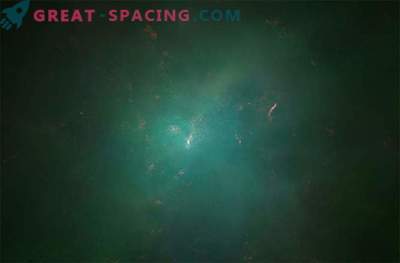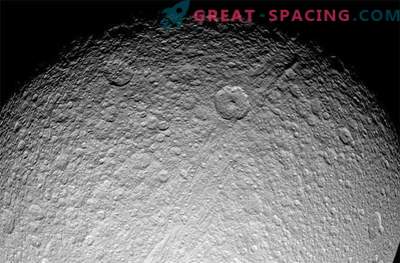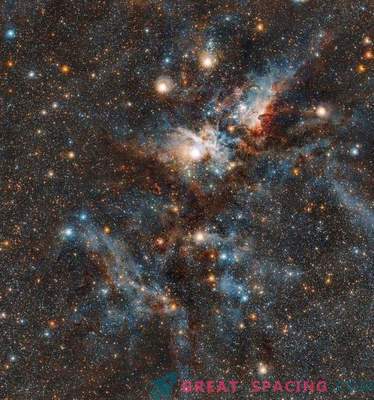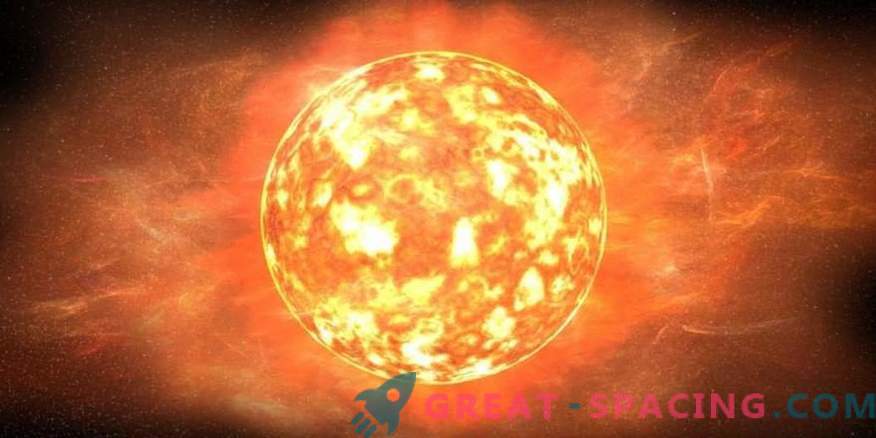
Meet the biggest star in the universe! It is so huge that it easily absorbs the sun. Its size is amazing, because it is a real star king, living in the Milky Way. Introducing the magnificent hypergiant UY Shield.
Critical condition
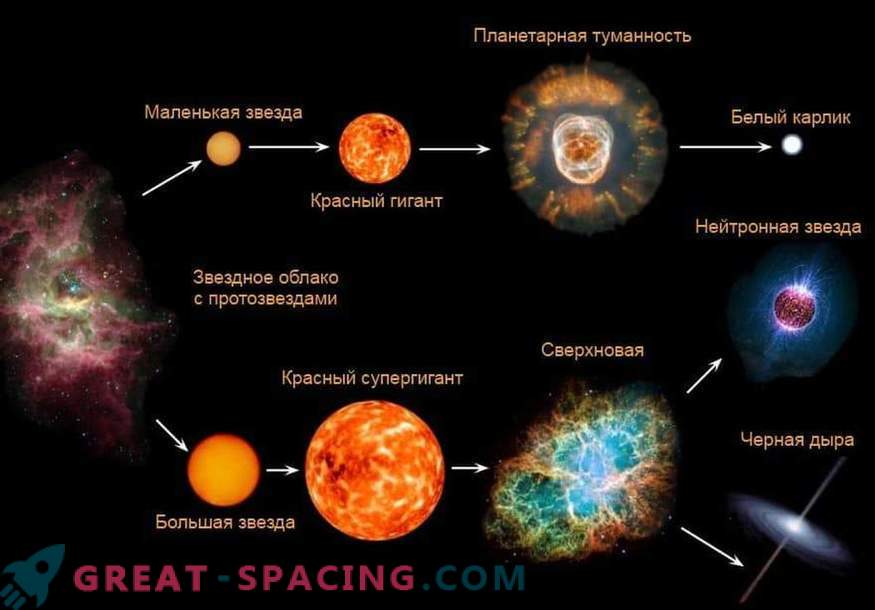
Stages of evolution of a star
The category hypergiants include stars with an incredibly huge mass and size. Usually they reach a massiveness of 100-120 solar. There is a theoretical limit in 150 solar masses, but scientists managed to find stellar objects that reach 200-250 solar masses!
This limit is considered critical because the object begins to balance between the star state and the transformation into a black hole. The surface temperature varies from 3200 K to 35000 K. But do not envy the life of a hyper giant.
In fact, for stars there is a simple rule: the bigger you are, the less you live. The fact is that nuclear processes are faster, so the star burns material much faster and moves to the next evolutionary stage.
Hypergiants usually live only a few million years, and some reach only hundreds of thousands of years, after which they collapse into a black hole. These are rare objects and in the Milky Way there are about 10 of them.
The biggest star in the universe
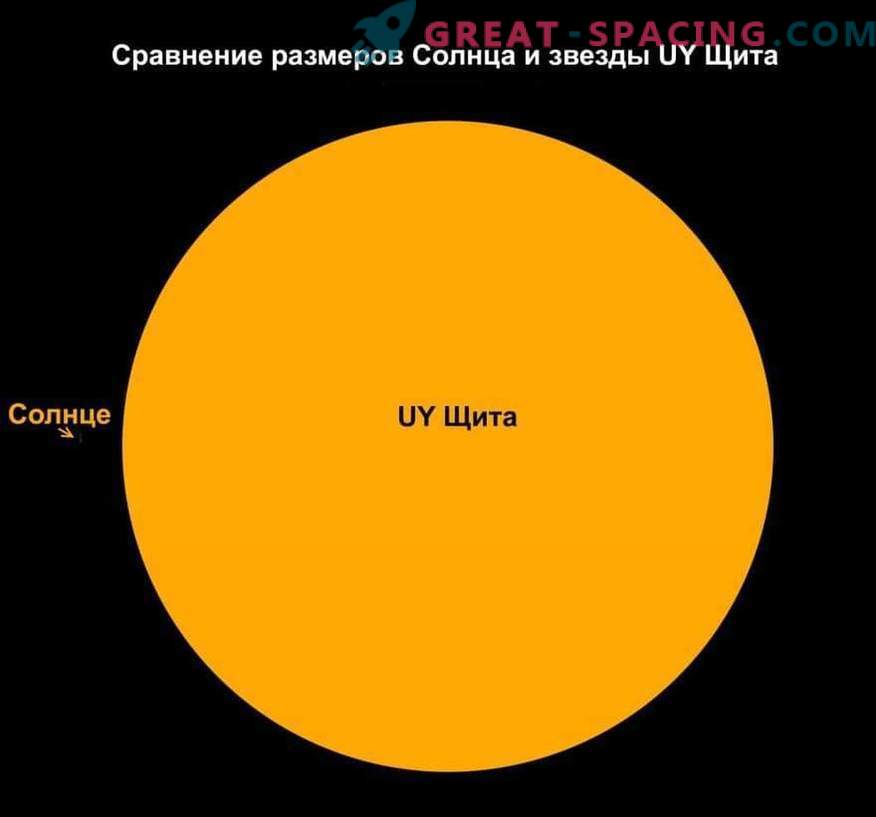
Comparing the size of the Sun and the largest star of the Universe - UY Shield
The official record holder in stellar sizes is considered to be UY Shield. This is a hypergiant living in the same constellation at a distance of 9500 light years from our Sun. Also considered one of the brightest stars, inferior Epsilon Aurigae B.
To understand its scale, we have to compare with the usual solar indicators. A star with a maximum ripple is capable of radius covering 1900 solar (rises to 2100), and exceeds 5 billion times in volume! If you could place UY Shield in the center of the solar system, then the line of its photosphere reached the orbital path of Jupiter and could even reach Saturn! Yes, I would have to say goodbye to the first planets and terrestrial life.
In terms of brightness, it is 120,000 times ahead of the Sun. But it is believed that this indicator is much higher, since dust and gas accumulation prevent the view in the visible part. UY Shield is rapidly losing mass, therefore it is considered the most quickly burning known star.
Interesting facts about UY Shield
- If we imagine that our Earth reaches a buckwheat in size and the Sun reaches a watermelon, it will reach the height of the Ostankino tower in diametrical parameters of the UY Shield.
- If your spacecraft flew at the speed of light, you spent up to 8 hours to fly around a star.
- Run ISS around UY Shield at your usual speed (as it rotates around the Earth) and the station will complete the journey only after 5 years. Recall that the orbital station moves 20 times faster than a bullet.
- The speed of expansion and contraction of a star is comparable with the speed indicators of a spacecraft.
- A year loses 19 terrestrial masses.
Not so simple
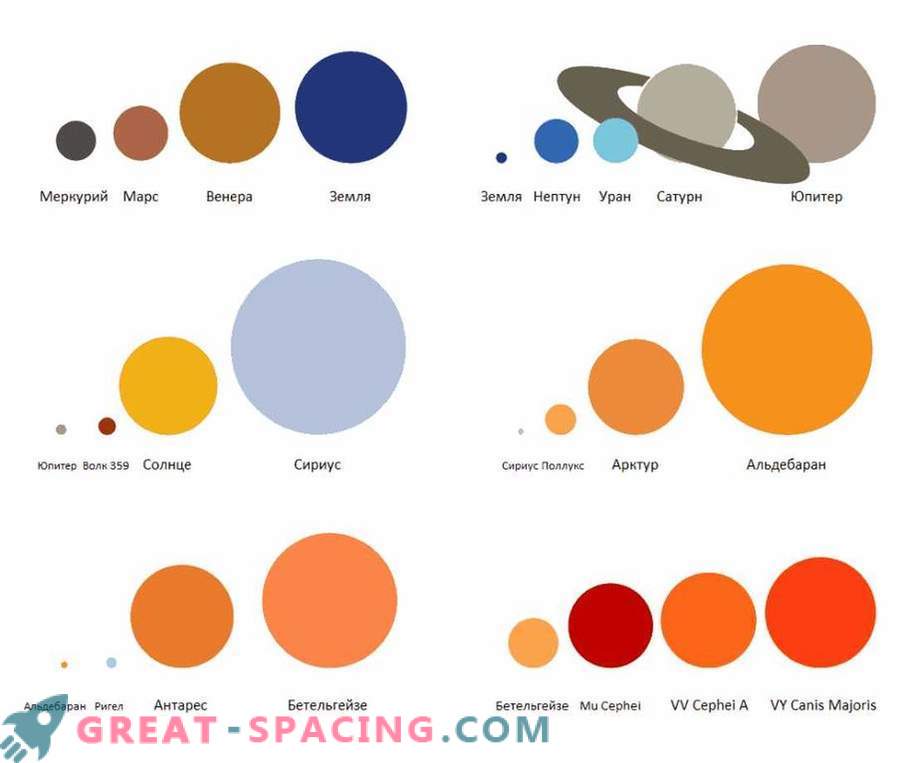
Comparative sizes of some other objects of the Solar system and stars of the Universe
It is important to insert a small reservation. Shield UY is truly considered the biggest famous star in the Milky Way and the Universe. But scientists are still unable to calculate the exact distance to large stars, which means that the parameters may vary. It is also difficult to determine the border due to the instability and diffuse structure.
The radius of the UY Shield is able to stretch to 2100 solar. But there are three more competitors:
- VV Cepheus A - 1900 solar.
- MY Cepheus - 1750 solar.
- VY Big Dog - 1708 solar.
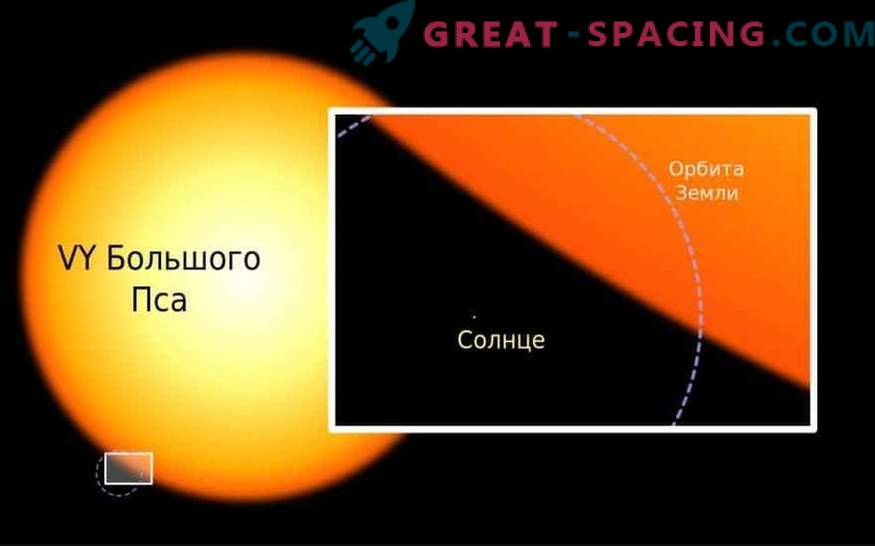
Comparative sizes of VY of the Big Dog and the Sun
Postscript
Let's also not forget that not all stars are available to our review, therefore somewhere else there can be a real star monster, which easily surpasses the named rivals.




















